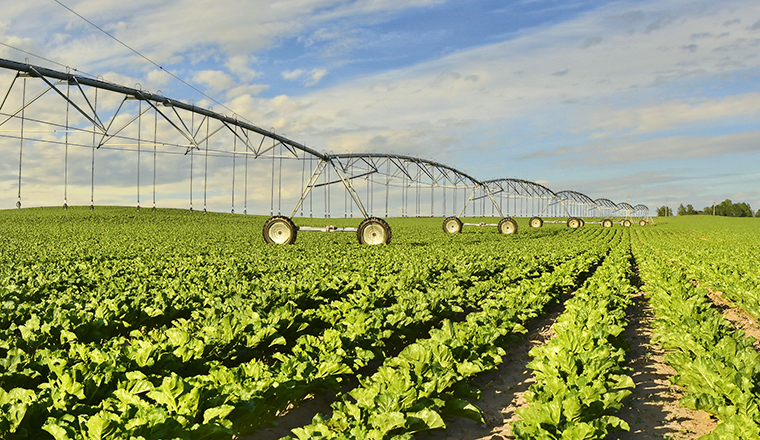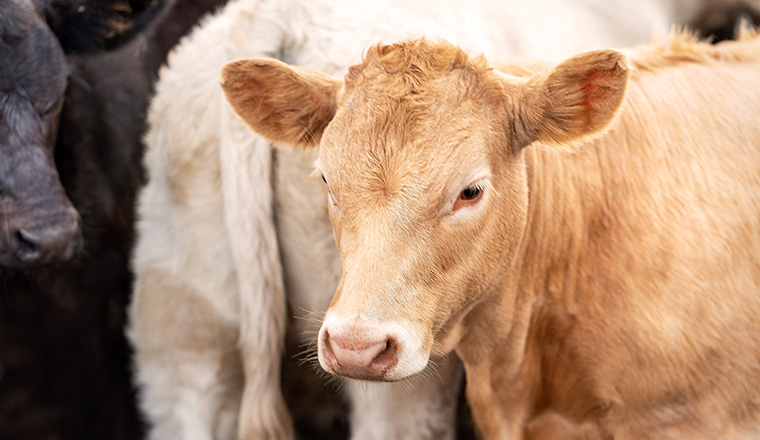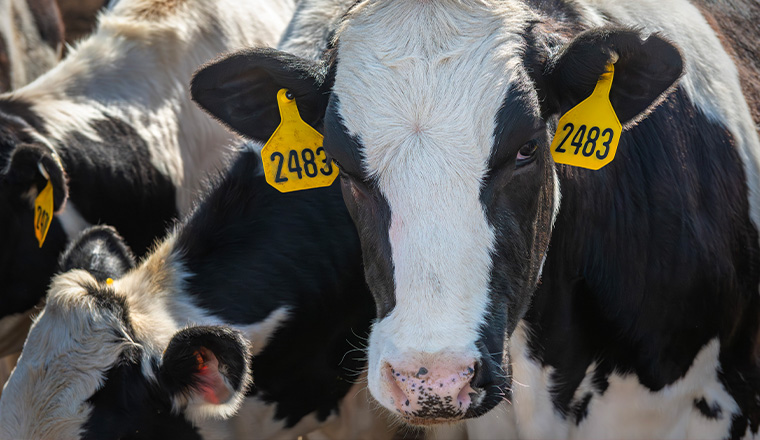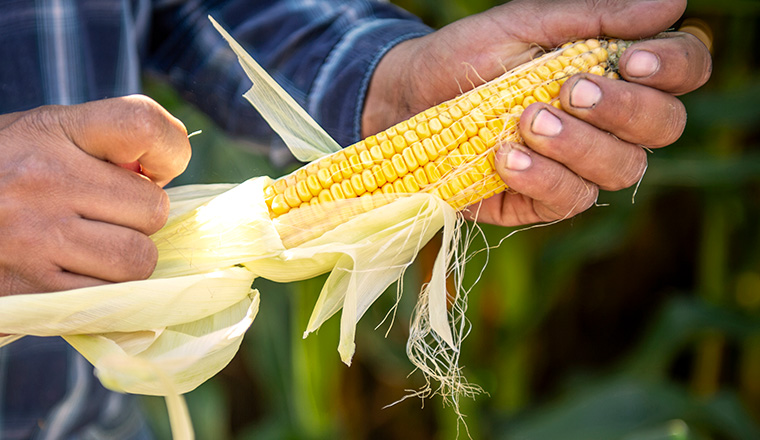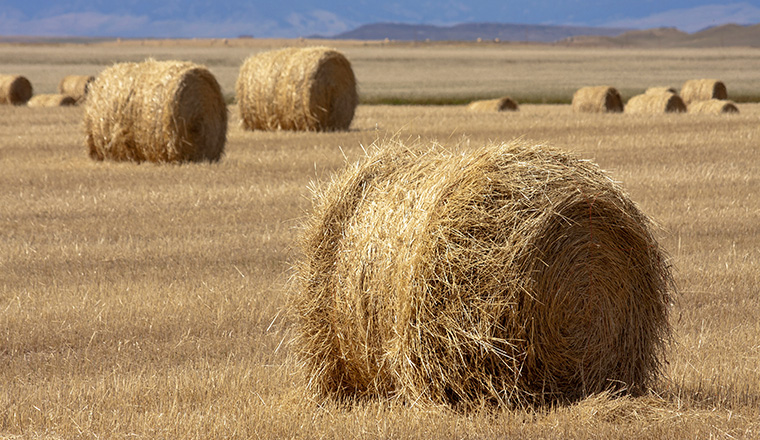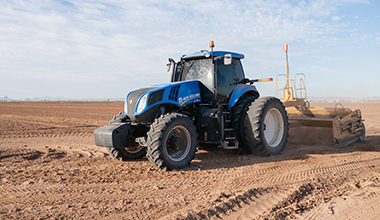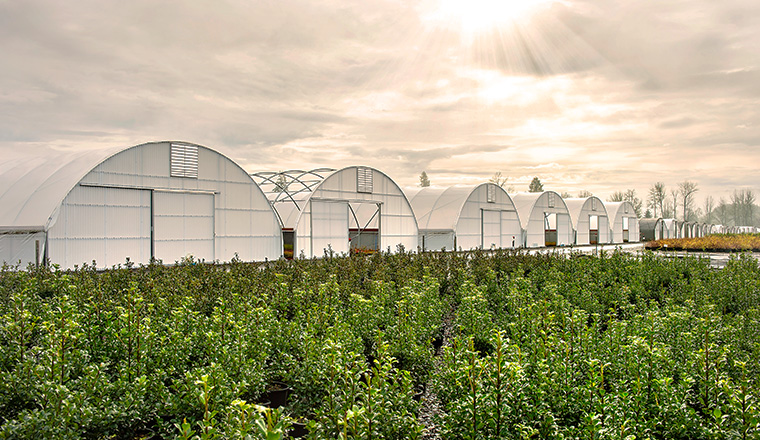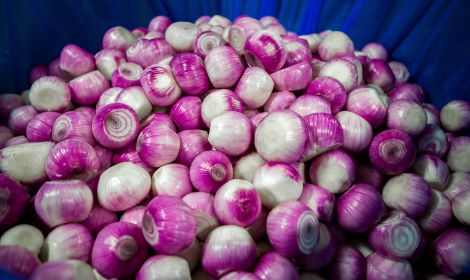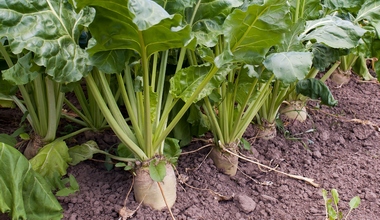Industry Insights

Industry Insights
2022 Year End Review
Let’s review a few of the perspectives that are in the rearview mirror that could also impact the road ahead as we approach the middle of the decade.
Inflation and interest rates have dominated the headlines. What was thought to be transitory inflation by the Federal Reserve is now embedded at levels not seen since the 1970s. Accommodative fiscal and monetary policy in the U.S. and abroad along with supply chain disruptions, geopolitics, military conflicts, the rapid movement from fossil fuels to green energy, and a workforce with negative productivity have each contributed to inflated metrics across the board. The producer price index and headline inflation have registered in near or above double digits. Core inflation, which excludes food and energy, has been in the 5% to 6% range. Inflation appears to be settling in despite the Federal Reserve’s attempt to reduce its impact. The lessons learned here are that inflation and the rise in interest rates can seemingly occur overnight. If one carefully observes inflation, it has dramatic impacts on energy and food, which is in the wheelhouse of agriculture.
The rise in interest rates of more than 400 basis points, or 4%, will not be felt in 2022 as much as in 2023. Operating and production loans with variable rate loan structures are most vulnerable. Another potential issue are term loans maturing with a fixed rate reset or balloon note.
Farming the alphabet of government programs and paper wealth increases have provided a false sense of financial security for some farmers and ranchers. Those who are particularly vulnerable are producers in the Midwest where land values have increased 15% to 25% annually. The combination of demographics with baby boomer farmers purchasing land, investors seeking hard assets and cash, and lush government programs have been major factors driving increased values. The coastal areas and southern parts of the U.S. have observed less increases in paper wealth, which may be more beneficial in the long run.
The war in Europe, which was predicted to end in days, is now approaching its first year. This is impacting one of the ten major breadbaskets of the globe. The ripple effects will be felt over the next five years influencing prices and impacting costs that are related to energy. Food nationalism in emerging nations due to food shortages could be a breeding ground for social unrest and possible terrorism.
2023 will be the pivotal year that trade moves from globalization to regionalization. One only has to observe East Coast ports congestion where Europe has shifted trade from Asia to North America. China will intensify trade with Brazil and other trade partners in the Southern Hemisphere that they developed bonds with through the Belt and Road Initiative over the past decade.
Nontraditional agricultural producers focused on plant-based meat and milk alternatives are continuing to dot grocery store shelves and offer the consumer choices. Large agricultural corporations are continuing to provide these offerings as they look at adding to the bottom line.
Environmental, social and governance (ESG) priorities continue to exist in the agricultural landscape as activist investors scorecard business and industries in the agriculture arena. The breadth and depth of a U.S. and global recession may impact this movement in the future. A positive attribute of ESG is that agriculture, while not perfect, is ahead of the curve when compared to other industries. The key will be in telling the story.
A positive of 2022 is that the transition of the industry is accelerating. Whether it is producers, lenders or agribusinesses, the new energy of youth and beginning farmers and ranchers are taking the proverbial bull by the horns. Interaction with this group finds that they, for the most part, have an open mind and are business and management oriented with a one-size does not fit all approach.
Changing weather patterns are affecting industries beyond the fields of agriculture, as impacts are being felt in global river distribution and businesses and industries involved in technology and manufacturing where water is used extensively. One thing you can count on is that mother nature is a major factor!
As we close down 2022, it is great to be back face-to-face with groups and still have the flexibility of presenting virtually. The transition that is taking place bodes well for an industry vital to our society. My team at AgriVisions wants to wish you well as we close down another year of views from the globe and road.
Dr. Dave Kohl’s Ag Globe Trotter will be back in February 2023. Be sure to subscribe at AgWestFC.com/subscribe if you aren’t already, so you don’t miss it.

